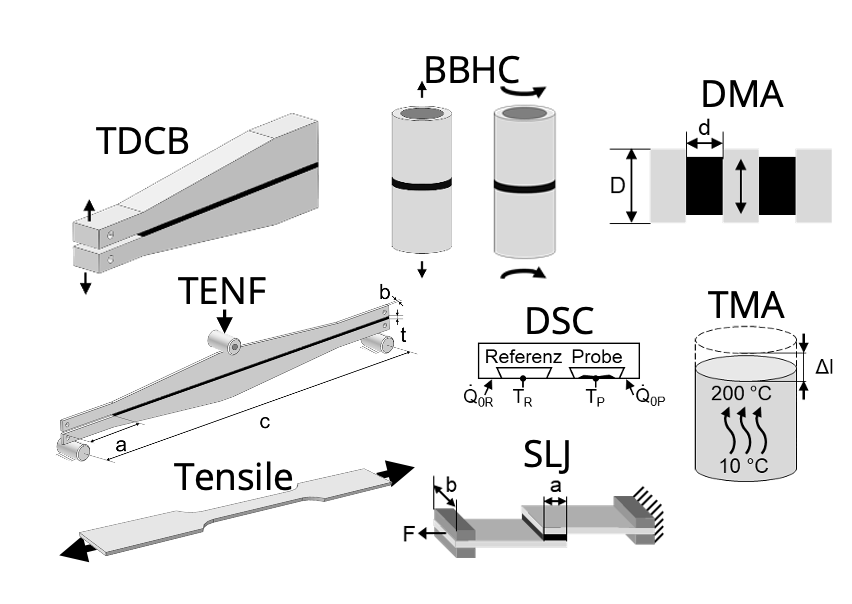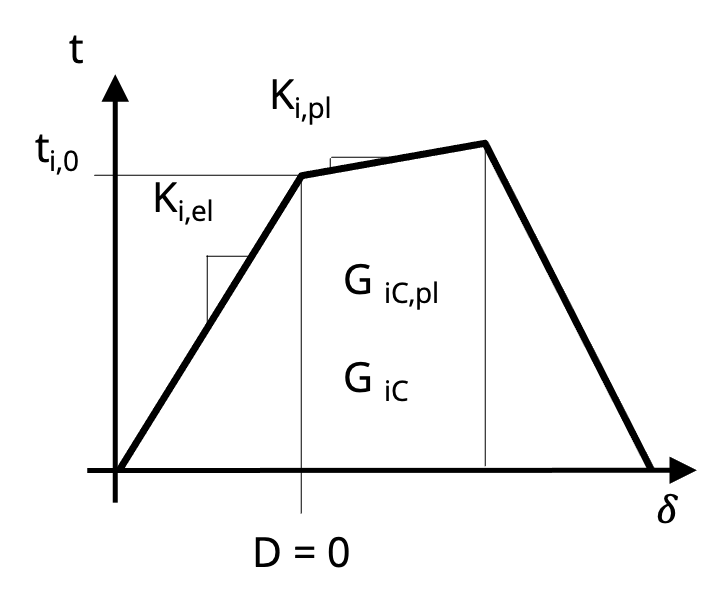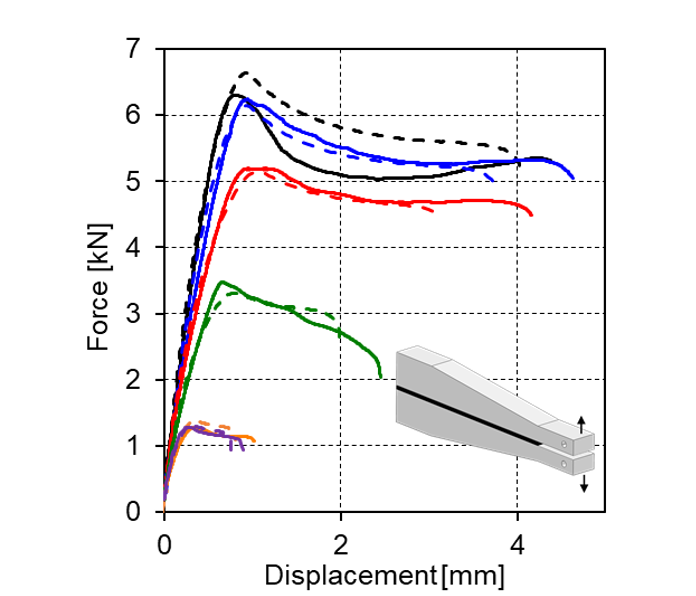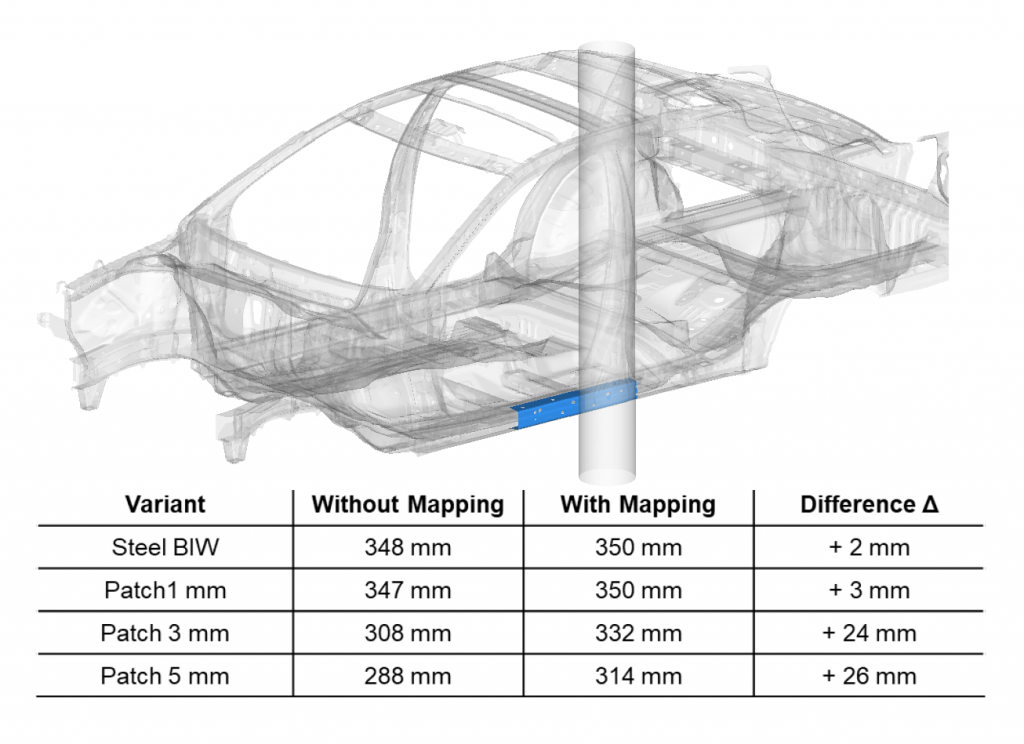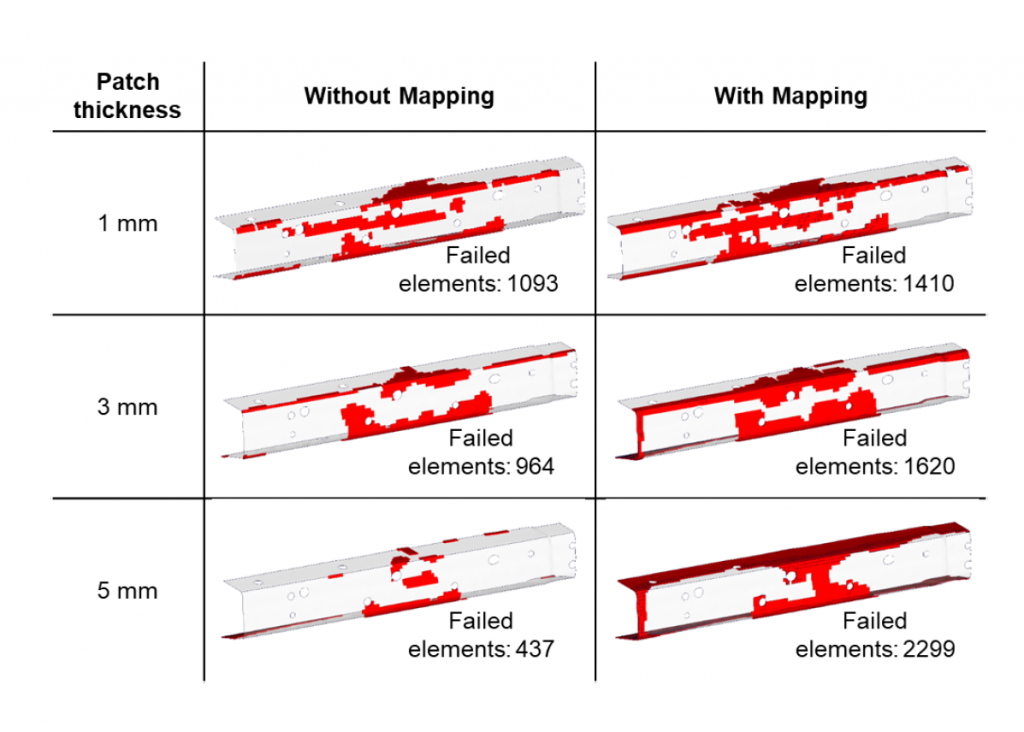Multiofen
Prozessmodellierung von Multimaterialstrukturen im KTL-Ofen
Engl.:
Process modelling of multi-material structures in the paint drying oven
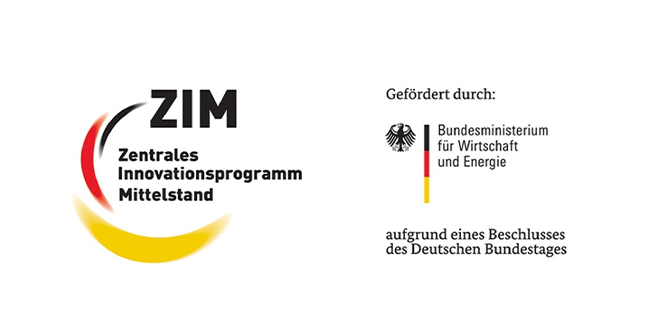
Info
- Project Term: 01.01.2019 - 30.09.2020
- Project Partner: ifs – Institute of Joining and Welding, TU Braunschweig
- Form of Funding: ZIM Cooperation
- Funding Code: ZF4148204BZ7
- Funding Body: BMWi
- Executing Organization: AiF Projekt GmbH
Project Partners
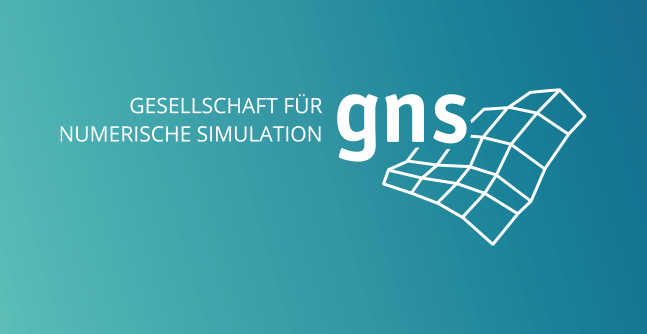
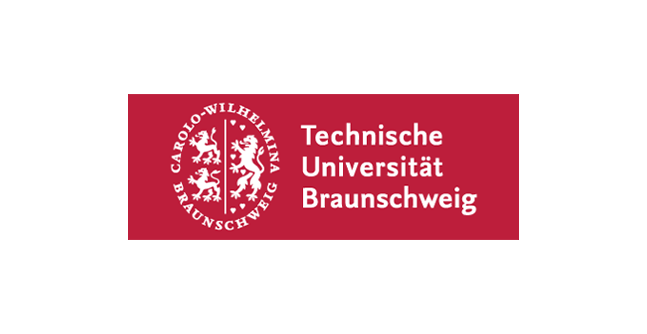
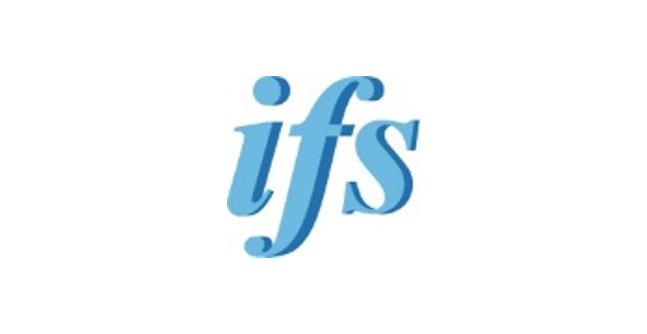
During the production of hybrid and adhesively bonded vehicle structures, adhesive damage or failure can already occur as result of the manufacturing process. Numerical methods can be used to identify and evaluate such challenges. The MultiOfen project therefore focuses on the processes occurring in the adhesive layer during car body manufacturing and their effects on the subsequent load-bearing capacity in the use phase.
Based on a very extensive testing program, the material behavior of an adhesive and substrates were investigated at different temperatures, stress types, loading speeds and degrees of cure. For the numerical description in the process and structural simulation, conventional as well as user-defined material models were created, verified and validated for the solvers Abaqus and PAM-CRASH.
Subsequently, it was investigated how adhesive damage affects the material behavior and the mechanical adhesive properties after the manufacturing phase. Based on these results, a methodology was developed to transfer the modified mechanical properties from a process to a structural simulation.
The developed methodology was transferred into an easily usable software tool named AdhesiveMatMapper, that allows the adhesive layer damage to be transferred almost automatically from a process simulation to a structural simulation, where the changed adhesive layer properties are then considered. The procedure implemented in the AdhesiveMatMapper was validated on demonstrator models and tested on vehicle simulations of a Toyota Camry.
All in all, the project results show that the manufacturing process can lead to a significant softening of the adhesive layer and they confirm the validity of the material models and methodologies that were developed. In addition, it was possible to demonstrate that the developed procedure can achieve a significant improvement in the prediction quality, especially for multi-material structures. The simulations on a vehicle model clearly illustrate that the developed software tool can easily be integrated and quickly applied even in complex and modern CAE process chains, consisting of models with several million elements.
Publications
- 2022/06 - M. Griese, N. Günther, E. Stammen, K. Dilger: A temperature- and conversion-dependent cohesive zone approach for the calculation of process-induced damage in adhesive bondlines of multi-material structures; Proceedings of the Institution of Mechanical Engineers, Part E; DOI: 10.1177/09544089221108683
- 2022/03 – N. Günther, M. Griese, E. Stammen, K. Dilger, E. Ince, K. Koutaiba: Consideration of manufacturing induced adhesive damage in automotive simulations; Proceedings of the Institution of Mechanical Engineers, Part E; DOI: 10.1177/09544089221080087
- 2021/02 - M. Griese, N. Günther, E. Stammen, K. Dilger: Modellierung des Schädigungsverhaltens von Klebschichten im KTL-Trocknungsprozess durch erweiterte Kohäsivzonenelemente; Clausthaler Zentrum für Materialtechnik: Fortschrittsberichte der Materialforschung und Werkstofftechnik Band 10; ISBN: 978-3-8440-8021-6
- 2020/05 - M. Griese, N. Günther, E. Stammen, K. Dilger: Modeling the curing behavior of a toughened hot curing epoxide adhesive during the paint drying process; Proceedings of the Institution of Mechanical Engineers,Part E; DOI: 10.1177/0954408920923974
- 2020/04 - N. Günther, M. Griese, E. Stammen, K. Dilger: Loading capacity of adhesive joints regarding their manufacturing process; Journal of Advanced Joining Processes; DOI: 10.1016/j.jajp.2020.100020
- 2019/12 - N. Günther, M. Griese, E. Stammen, K. Dilger: Klebschichtmodellierung mit temperaturabhängigen Kohäsivzonenelementen; DVS-Berichte, Band: 358, 9. Doktorandenseminar Klebtechnik; ISBN: 978-3-96144-072-6
- 2018/10 - N. Günther, M. Griese, E. Stammen, K. Dilger: Modeling of adhesive layers with temperature-dependent cohesive zone elements for predicting adhesive failure during the drying process of cathodic dip painting; Proceedings of the Institution of Mechanical Engineers, Part L; DOI: 10.1177/1464420718806005

